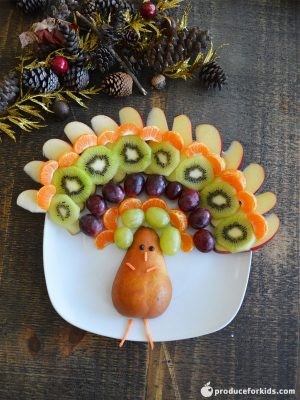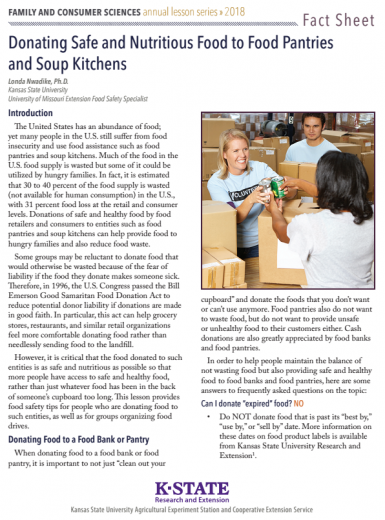
Nutrition, Food Safety
and Health Agent
Did you know that one in six Americans could get sick from food poisoning this year alone? Keep your family safe this holiday season by following the 4 steps to safe food: Separate, Clean, Cook, and Chill.
Separate raw from ready to eat foods. Keep meat, poultry, seafood, and eggs separate from all other foods starting at the grocery store and continue through preparation. Prevent cross contamination by using separate cutting boards for raw meat and ready to eat foods.
Clean hands often. The Centers for Disease Control and Prevention recommends to wash hands for 20 seconds with soap and water before and after preparing food, after touching raw meat, raw eggs, or unwashed vegetables, and before eating or drinking.
Cook food to safe internal temperatures. ALWAYS use a food thermometer, do not judge doneness of food by color.
- Cook beef, pork, lamb, steaks, and roasts to 145°F with 3-minute rest time.
- Cook Fish to 145° F
- Cook ground beef, pork, veal, lamb to 160° F
- Cook all poultry to 165° F.
- Reheat leftovers to 165° F
Chill leftovers within 2 hours. Bacteria grows rapidly at room temperature, do not let food sit out. When storing leftovers in the refrigerator, use shallow pans or containers to decrease cooling time. This prevents the food from spending too much time at unsafe temperatures (between 40 °F to 140 °F). Keep leftovers in a cooler with ice or frozen gel packs if food is traveling home with guests. Eat leftovers within 4 days or store in your freezer.
For more information please visit www.foodsafety.gov

By: Ashley Svaty
 Is the thought of cold, winter days bringing you down? Fall is the best time to plant bulbs to have a pop of color in your landscape in the spring. Bulbs are often the first plants to make an appearance after a long winter and can be enjoyed with little effort and maintenance.
Is the thought of cold, winter days bringing you down? Fall is the best time to plant bulbs to have a pop of color in your landscape in the spring. Bulbs are often the first plants to make an appearance after a long winter and can be enjoyed with little effort and maintenance.



